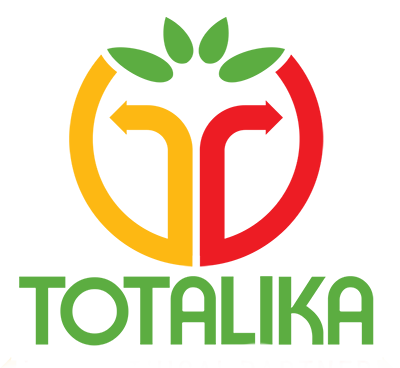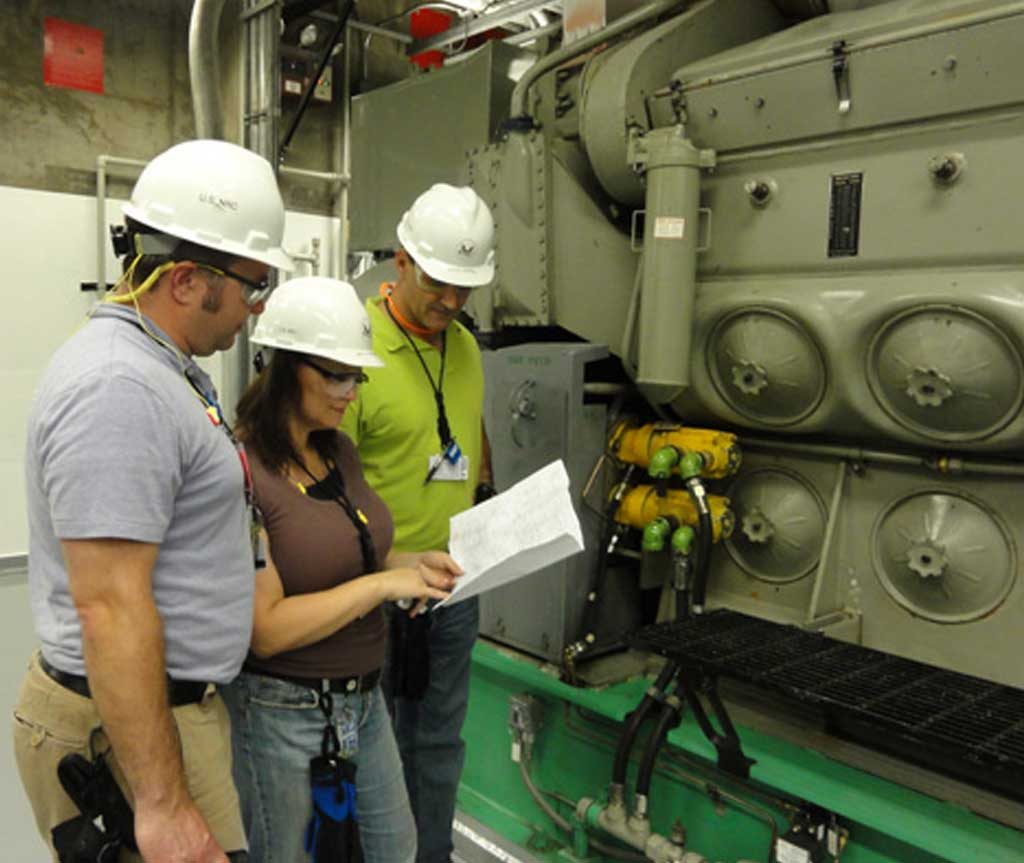The 5-Step Guide to Conducting a Workplace Risk Assessment
Your Key to a Safe Workplace is Right Here.
Hello readers! Today’s post aims to answer a few fundamental questions like, “What is a risk assessment and why is it imperative that you do it at your workplace?”, “When should you do a risk assessment and how to get it done?”
First things first,
What exactly qualifies as a Risk?
Anything that may cause harm to your employees in the workplace is defined as a “Risk.”
What is a Risk Assessment?
A Risk Assessment is a thorough, methodical examination of all the possible risks in your workplace. Apart from identifying risks, the assessment also helps you take the necessary steps and precautionary measures to prevent harm to your employees in the workplace, by eliminating the risks.
Why is it Critical to carry out a Risk Assessment in the Workplace?
Risk Assessment is a valuable tool that helps you reduce and prevent accidents and other incidents in the workplace. Apart from making your workplace safe, risk assessment is essential to comply with regulations and laws.
When is the ideal time to carry out Risk Assessment?
Simply put, the ideal time to do a risk assessment is before a workplace accident occurs. In other words, the best time is NOW. Don’t put off conducting a workplace risk assessment, unless and until some severe mishap or injury occurs.
Who can conduct a Risk Assessment?
Any employee in your organization who has the necessary qualifications to carry out “Risk Assessment” can do it. If no employee has the requisite training, you have two options before you.
- Provide Risk Assessment Training to a group of employees and equip them with the necessary skills to carry out a professional assessment of your workplace.
- Hire the Services of a Professional Risk Assessment company like Totalika. When you choose this option, our team provides you with a thorough professional risk assessment of your workplace for a nominal fee.
How to do Risk Assessment? The Five-Step Guide
While there are no predefined rules on how to conduct a risk assessment in the workplace, here are a few principles that are recommended by the experts in the industry.
It involves five basic steps like:
- Hazard Identification
- Decide on who is likely to be harmed and the degree of harm
- Evaluate each risk and choose control measures
- Record your findings and define methods to implement it
- Review your assessment periodically and make changes as and when needed
Now, let’s take a closer look at each of these five steps.
Step 1: Hazard Identification
A hazard is anything that may cause harm to an employee in the workplace. As an employer, you must assess and eradicate all the safety and health risks faced by your employees in the workplace. You must systematically check for physical, chemical, mental and biological hazards in your workplace.
Some of the common types of workplace hazards include:
- Physical – This includes slips and falls, lifting heavy equipment, trips, dust, noise, etc.
- Chemical – This includes toxic cleaning fluids, inhaling aerosols, asbestos, handling other dangerous chemicals without proper protective wear and so on.
- Mental – Some examples of psychological hazards include long work hours, inadequate ventilation in the workspace, handling high-pressure jobs, excessive workload, abusive workplace relationships, bullying and so on.
- Biological – This includes ill-health and deteriorating health conditions contracted due to workplace conditions like tuberculosis, hepatitis, and so on.
Step 2: Deciding on who is at risk and by how much
This step involves identifying all those who are at risk due to workplace hazards and usually includes both full-time and part-time employees. Apart from your employees, others who interact with your business including contract staff, clients, visitors and sometimes, even the public may be harmed by hazards in your premises.
Once, you identify who all are likely to be harmed; the next step is to review the levels of harm and taking steps to protect them. This varies by the nature of the job. For instance, a factory floor worker is likely to be exposed to a different set of hazards when compared to a call centre worker.
For instance,
Common hazards faced by supermarket employees include slips and trips, injuries due to heavy lifting, violence at the hands of irate customers and so on. Whereas the conventional hazards faced by call centre workers include carpal tunnel syndrome, back pains due to improper seating arrangements, eye strains and so on.
Remember that as an employer you have to take special care to protect the health and safety of young workers, night shift employees, pregnant workers, women, differently-abled workers and others.
Step 3: Risk Assessment and Implement the Necessary Action
This step involves analyzing each risk individually and considering its possibility of occurrence. You should evaluate whether the risk is likely to impact your workers and identify methods to eliminate it. Start by classifying each hazard as high risk, medium risk or low risk. Start by implementing the necessary precautions to remove high-risk dangers and then move on to the lower risk ones.
Step 4: Document your Findings
The next step is to record your findings. This record should include all the details about each hazard along with the action taken to eliminate or reduce it.
This record not only serves as a proof of risk assessment carried out in your organization but also serves as the basis for further changes and revises later on.
The risk assessment document is a working manual. It should be frequently referred to and not kept locked away in a cupboard, to be taken only once a year.
Step 5: Review and Implement further changes
The final step is to conduct a periodic review of risk assessment. Make sure that the risk assessment stays in tune with all the new practices in your workplace. Repeat this step as often as needed.
The Last Word
Risk Assessment is never an afterthought. It’s essential that you carry it out regularly to not only keep your employees safe and healthy but also to comply with all the regulations and laws.
If you need help conducting a risk assessment at your workplace, get it touch with our Safety Experts at Totalika, for a professional and comprehensive workplace risk assessment. All you have to do is give us a call @ 0124-266-3021 to move towards a safe workplace.
Making Workplaces Safe & Improving Businesses!

